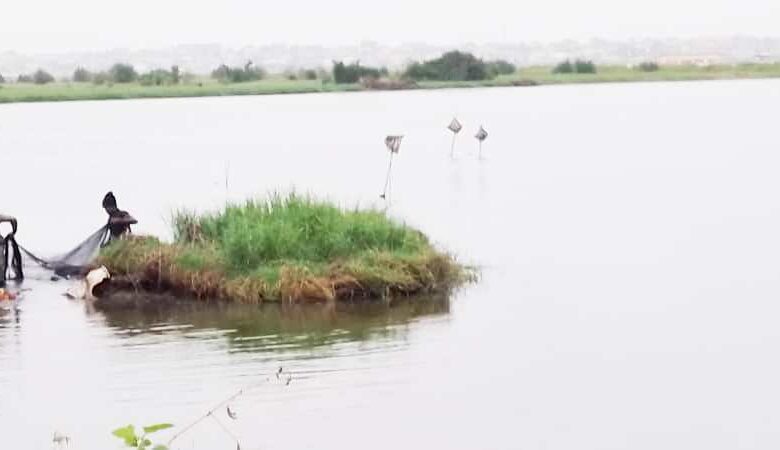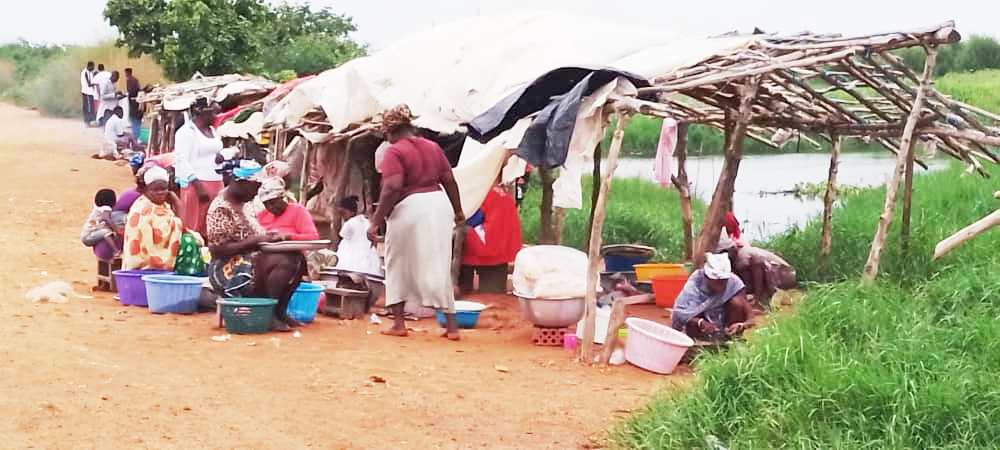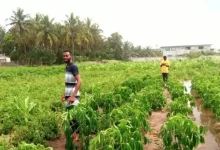
The Operation’s Manager of Wetland under the Wildlife Division, of the Forestry Commission, Mr Dickson Agyeman, is advocating the development of a comprehensive policy framework to help protect mangroves at Ramsar Sites across the country.
According to Mr Agyeman, mangroves had many uses, serving as habitat for some wildlife species and a buffer to prevent flooding, hence, the need to protect them from further destruction.

“It is about time the government develops a policy for the mangroves so that the distance between the mangrove areas, no one can encroach,” he said.
He said this in an interaction with selected journalists during a two-day media tour to some wetland areas, including Densu Delta Ramsar Site, Korle Lagoon and Kpeshie Wetland areas on Monday.
Organised by International Union for Conservation of Nature (IUCN) in collaboration with the Media Platform on Environment and Climate Change (MPEC), the tour was to create awareness about the status of Ghana’s mangrove forests.
Mr Agyeman explained that the wetland or Ramsar site was divided into two parts; the core and buffer zone, with fishing activities allowed to be undertaken at both zones.
Additionally, he said fishing was only prohibited if it was done illegally as this destroyed most of the fishes in the lagoon because most lay their nests under the mangroves.
Mr Agyeman further explained that the challenge it had in protecting the Ramsar sites in which the Mangroves could be found was the practice of some Chiefs and community leaders filling and selling them.
He also bemoaned the rate at which the mangroves were being harvested and the threat it posed to communities around the Ramsar sites with little replanting, to restore it.
At the Panbros Salt factory, near the Densu Delta Ramsar site, some fishermen were seen fishing at both the buffer and core zones while, some women displayed harvested fish on trays and pans for sale, though the mangroves looked well grown.
In contrast, the mangroves at the Korle Lagoonlooked stressed because of the unconducive conditions of the lagoon due to pollution.
Mr Agyeman asserted that due to industrial and human pollution, the mangroves were not growing as it was supposed to, since it depended on brackish water ( water that is saltier than fresh water, but not as sea water).
He added that the lagoon, if well managed and sustained could serve as an eco-tourism site which could generate more revenue for the country.
He, therefore, implored industries and the citizenry to desist from polluting the lagoons and other wetland areas.
The situation was same at the Kpeshie wetland area where most of the mangroves had been harvested by residents to serve various purposes and the water body, polluted.
As a way of restoring mangroves in the wetland areas, Mr Agyeman noted his outfit often engaged the communities in the planting of the mangroves.
BY BENJAMIN ARCTON-TETTEY







